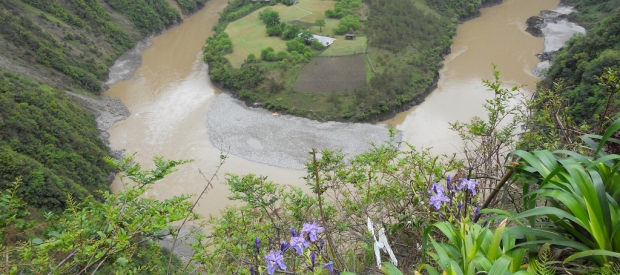China
Dammed, diverted and polluted, China's rivers have reached their ecological tipping point. China has more large dams than any other country in the world, including the world's largest – the Three Gorges Dam. Today there are more than 87,000 dams in China. Many of these projects have forced over 23 million people from their homes and land, many of whom are still suffering the impacts of displacement and dislocation. Over 42% of China's rivers are severely polluted and three quarters of lakes and reserviors are unsuitable for human consumption and fishing. China has paid a big price for hydropower development. Despite the critical state of China’s rivers, the Chinese government has ambitious plans to expand hydropower generation in some of China's few remaining pristine and high bioviersity value river basins ecosystems in the remote southwest – the Lancang (Mekong), the Nu (Salween), the Yarlung Tsangpo (Brahmaputra), and the Jinsha (upstream of the Three Gorges Dam in the Yangtze River basin).
In 2013, a Coalition of Chinese NGOs released China’s Last Rivers Report, urged the Chinese government to recognize the value of healthy rivers. Since then, new guidance issued by the Chinese government have sought to clarify how environmental and social impacts are to be conducted and assessed. Government discussions around China’s 13th Five Year Plan have also revealed intentions to reduce the cascade of dams on the Nu River from four to two and postpone much of the dam building beyond 2020.
Our China Program
International Rivers has been working to protect the world’s rivers and the communities that depend on them for 30 years. In China, we aim to protect healthy rivers so that future generations can also benefit from them. We also aim to protect local people’s rights to shared prosperity within their own culture. Our work is driven by a dedication to research, guided by strong analysis, and devoted to passionate advocacy.



